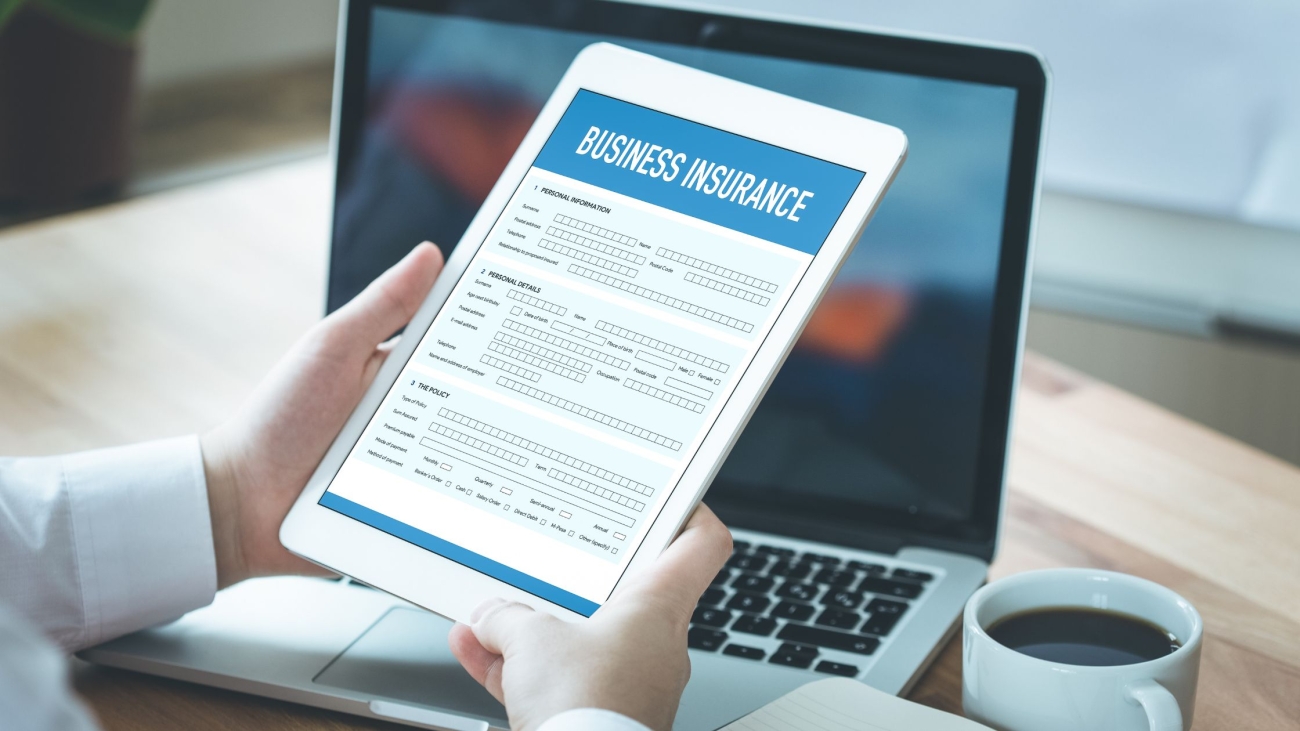16 January 2024
Cyber incidents are the most pressing risk for businesses both in Australia and globally, Allianz’s latest annual risk barometer says.
In Australia, more than half of survey respondents selected cyber incidents as their number one worry, pushing that risk up from fourth spot last year. Natural catastrophes, which was the risk that took the top spot last year, came in second in Australia with just over a third of responses.
In third place was a shortage of skilled workforce – which just under a quarter said was the most pressing risk.
Chief GM Allianz Australia Commercial Phuong Ly says anxiety over cyber in Australia “isn’t surprising” given recent high profile breaches.
“We encourage businesses to proactively understand their cyber security posture and ensure that the appropriate risk mitigations and insurance covers are in place,” he said.
In fourth spot was business interruption, followed by changes in legislation and regulation, macroeconomic developments, and climate change. Market developments was in 10th spot.
Entering the Australian top 10 worry list for the first time in the survey’s 13 years was fire and explosion, and new technologies – for example the risks posed by artificial intelligence, connected/autonomous vehicles, lithium ion batteries, electric vehicles and the Metaverse.
“This is understandable since many organisations are still grappling on how to adopt new technologies whilst balancing the ethical and safety issues,” Mr Ly said, adding that Allianz in Australia has seen a “huge impact” from lithium batteries in household appliances and e-bikes/scooters and increased claims.
Globally, cyberattack, business interruption and natural catastrophes were listed as the biggest threats to operations in the year ahead.
The survey of 3069 risk management experts, including brokers and insurance experts, found natural catastrophes jumped from sixth spot to third. Fire/explosion and political risks/violence also jumped multiple spots.
Allianz Global Commercial CEO Petros Papanikolaou says companies around the world are grappling with digitalisation, climate change and an uncertain geopolitical environment.
“Many of these risks are already hitting home, with extreme weather, ransomware attacks and regional conflicts expected to test the resilience of supply chains and business models further in 2024. Brokers and customers of insurance companies should be aware and adjust their insurance covers accordingly,” he said.
Cyber incidents was the top peril feared in 17 countries, including Australia, France, Germany, India, Japan, the UK and the US. A data breach was seen as the most concerning cyber threat for 59% of barometer respondents, followed by attacks on critical infrastructure and physical assets, and ransomware attacks – which Allianz says in 2023 “saw a worrying resurgence in activity, with insurance claims activity up by more than 50% compared with 2022”.
Poor cyber security, especially in mobile devices, a shortage of cyber security professionals and reliance on IT outsourcing are expected to drive cyber activity this year, Allianz Commercial Global Head of Cyber Scott Sayce said. Allianz Chief Economist Ludovic Subran says lower interest rates are likely in the second half of the year, though a considerable number of elections in 2024 presents risk.
Allianz recommends improving business continuity management, identifying supply chain bottlenecks, and developing alternative suppliers as key risk management priorities for companies in 2024.
Physical damage to corporate assets from more frequent and severe extreme weather events is also a key threat, with utility, energy and industrial sectors among the most exposed.
Net zero transition risks and liability risks are expected to increase in future as companies invest in new, largely untested low-carbon technologies, Allianz says.



























